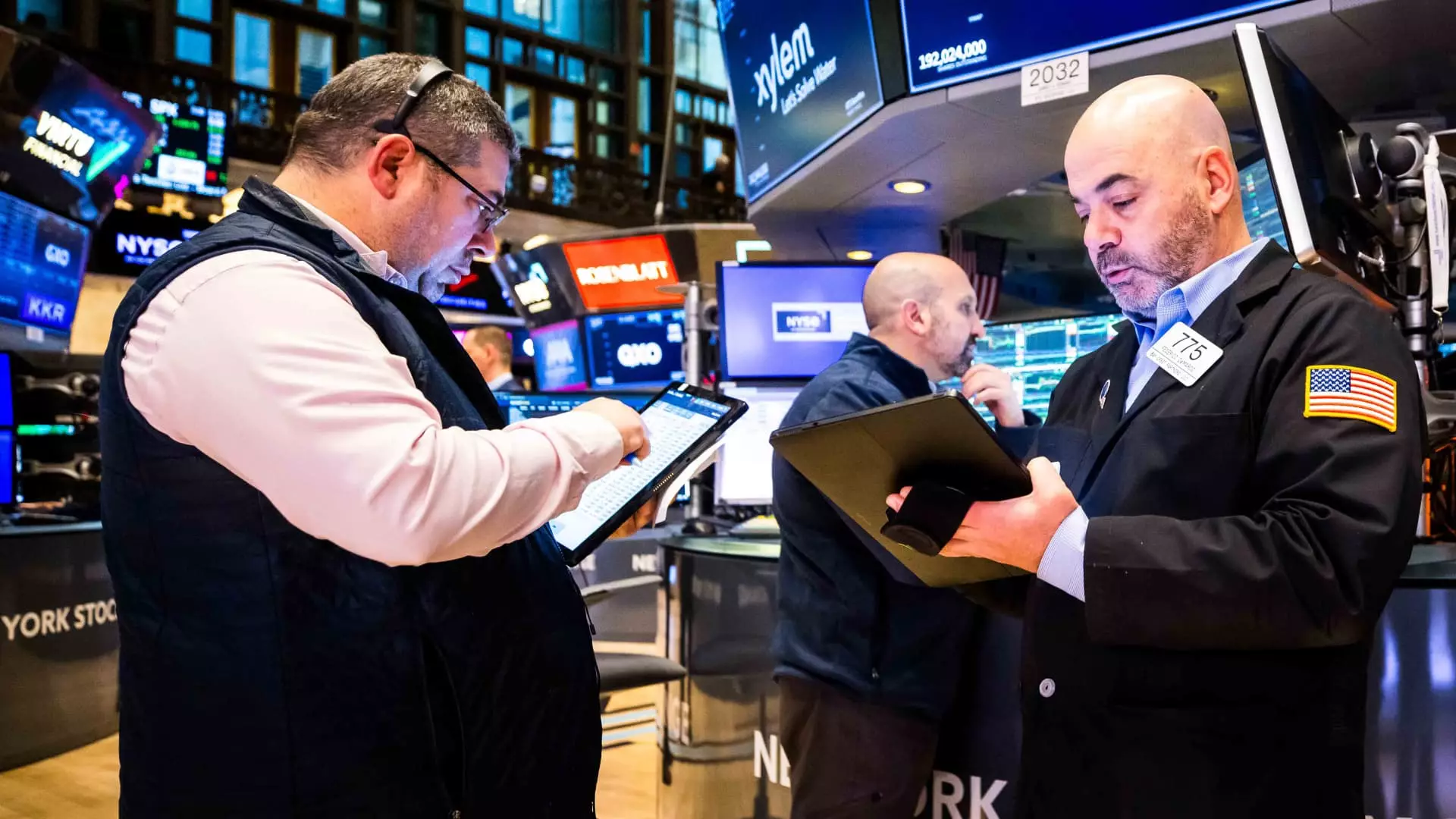In the dynamic landscape of investment, the allure of stock picking can be misleading. While many investors believe that diligent analysis and active management will yield superior returns, the reality, supported by robust data, paints a different picture. S&P Global reveals a stark truth: 73% of active managers fall short of their benchmarks after just one year. This discrepancy grows even starker over time; upwards of 95.5% of these managers underperform after a five-year tenure, culminating in a grim statistic: over a 15-year period, not a single active manager outpaces the index. Charles Ellis, a seasoned veteran of the investment sector, presents a compelling argument for the dominance of passive investing strategies in light of these findings.
Charles Ellis, known for his associations with significant financial institutions like The Vanguard Group, articulates concerns about the inefficacy of active management. Despite the appeal of stock picking, the overwhelming evidence suggests a systematic failure among active managers to deliver consistent outperformance relative to their benchmarks. The financial realm continually sees an influx of talent into active management roles, an influx that sometimes oversaturates the market. Ellis highlights this phenomenon, noting that while the thrill of high earnings and the potential for significant financial gain lure many into the sector, the practical reality remains disappointing for most.
In a recent appearance on CNBC’s “ETF Edge,” Ellis stated, “The number of people that get hired into active management keeps rising…we’re way overloaded with talent.” This oversupply, coupled with the inherent challenges of beating the market, raises questions about the sustainability of the active management business model. Without acknowledging this, investors may naively continue to chase the elusive promise of market-beating returns.
In sharp contrast to the struggles of active management stands the growing momentum of passive investment strategies. The industry has observed unprecedented inflows into exchange-traded funds (ETFs) and index funds, underscoring the preference for passive investing. Notably, Dave Nadig, a well-respected expert in the ETF sector, recently indicated that we are witnessing the strongest annual inflow into active management yet. However, this surge pales in comparison to the colossal inflows indexed funds receive, primarily from uninformed individual investors who often gravitate towards large index products.
This reality raises an important discourse about the evolution of investor behavior. As technology democratizes access to investment tools, more individuals are turning to passive strategies that require less active management, thereby reducing the likelihood of relational errors when selecting securities. Passive investing enables average investors to benefit from market growth without the burdensome costs associated with active management.
While Ellis acknowledges the advantages posed by the growing number of available ETFs and the downward trend in fees, there are significant caveats worth noting. One of his primary concerns centers around the proliferation of ETFs designed more for the sales team than the end investor. Ellis cautions against overly specialized or niche products that may lead to unintended consequences for uninformed investors. This sentiment echoes broadly as the market grows increasingly populated with leveraged ETFs, which, while promising substantial upsides, also expose investors to equally significant downsides.
Ellis urges investors to assess their own objectives carefully when selecting ETFs, advocating that a discerning approach is vital in this frenetic environment. The technological advancements that have leveled the playing field among traders also present challenges. Nadig points out the irony behind the decline of active management: as technology provides everyone with equal computational capabilities, even the best efforts of active managers increasingly cancel each other out.
Drawing from these multifaceted insights, it becomes clear that the landscape of investing has dramatically shifted. The persistence of active managers in the industry reflects an ongoing struggle against a tide that favors passive strategies. While there is an undeniable niche for active management, the data shows that the majority of investors may benefit more from embracing passive investments.
Facing an environment where technological advancements blur the lines between competitiveness, realizing the limitations of stock picking is essential. As advocacy for passive strategies rises, investors would be wise to heed the advice of seasoned veterans like Charles Ellis, prioritizing long-term, strategic approaches to investing over the deceptive simplicity of stock picking. In the end, sensible investing may well hinge on recognizing that in the world of finance, sometimes less truly is more.


Leave a Reply